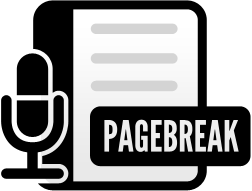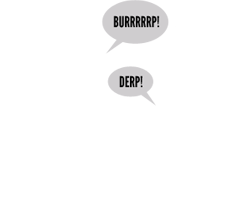Audio clip: Adobe Flash Player (version 9 or above) is required to play this audio clip. Download the latest version here. You also need to have JavaScript enabled in your browser.
(Episode listen time - 9:07 - download mp3)
For this Snippet, we discuss In Defense Of Photoshop by Tom Giannattasio at Smashing Magazine. Hope you enjoy! Please subscribe to our podcast feed via RSS or iTunes so that you can be sure to get the shows as soon as they are released! :)
If you know of a blog post you’d like to hear our 2bits (or bytes) on, let us know!
Stay Tuned! Next week we will release Episode #3 of Pagebreak where we discuss Don’t Make Me Think: A Common Sense Approach to Web Usability by Steve Krug.
Tags: creativity, css, design, development, photoshop, web design, xhtml


@prescott
Interesting that you want to use indesign to tackle your next web job. How do you plan to slice up some of the graphics? I’d love to see how that a project like that will turn out.
I guess its not all about the tools but the end product!
While designed website in Photoshop can be frustrating, especially when longing for some wide-reaching type styles and the ability to quickly change a colour, it is often our best tool for working with pixel-specific media.
I tried to learn Fireworks a while ago and it was a complete nightmare. The software feels alien from Photoshop, Illustrator, AND InDesign. Maybe if you’re old-school Flash you’ll be able to work with it, but I was so grossed out I immediately dropped it.
The next time I tackle a web design project, I’m going to do it in InDesign, because it’s the software in which I am most comfortable these days. Using pixels as the units of measure will allow us to more easily write the CSS, and the ability to work with swatches and type styles will save tons of time.
But Photoshop layer comps are indeed awesome. I suppose using InDesign master pages may come in handy in trying to accomplish the same thing.